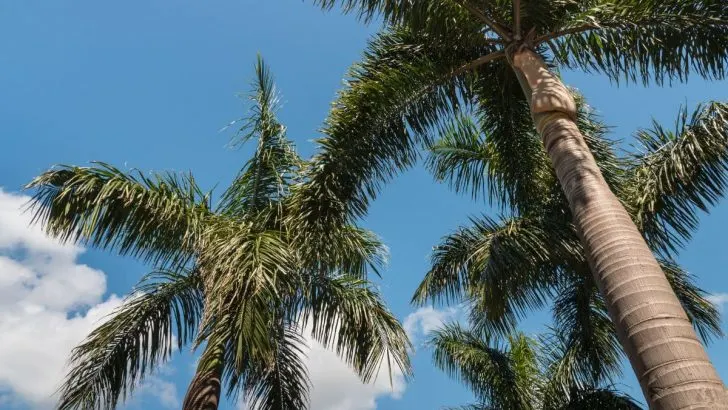If you want a self-cleaning palm for your yard, Alexander palm is an excellent choice. Today we will talk about the care guide for the Alexander palm tree as well as the growing habits.
In addition to being a self-cleaning palm, it is one of the most beautiful backyard palms. With minimal effort, your yard will be sparkling in no time with this palm tree.
And what garden doesn’t lack at least one palm tree? I think everyone needs at least one to complete the true tropical look of their garden.
If you are interested, stay with us and find out more about alexander palms below.
About Picturesque Alexander Palm Features And Growing Habits
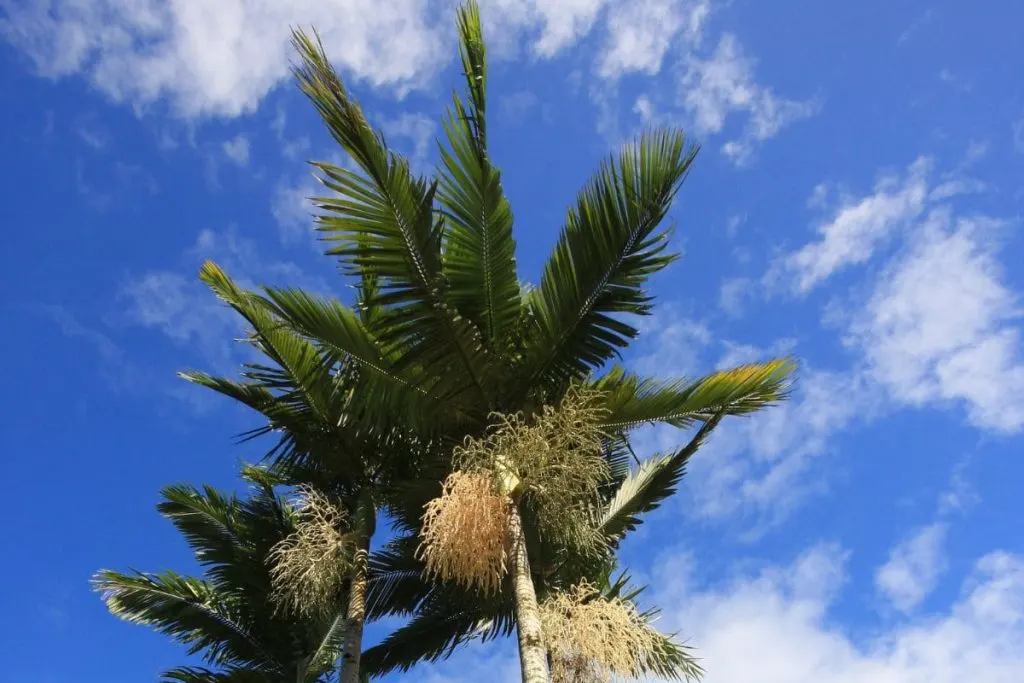
If you’re willing to host lovely dark green fronds of Alexander’s palm in your garden this season, we have the information you’ll use.
Before we start learning about its care guide we bring you all about the botanic features, characteristics, and growing habits of this lovely king palm.
- Native habitat: Queensland’s coastal rainforests
- Family: Arecaceae
- Botanic name: Archontophoenix alexandrae
- Common names: king palm, Bangalow palm, feather palm,
- Flower shape/color: hanging red flowers that produce seeds at the end of the blooming season
- Leaf shape/color: elegant form, multiple trunk specimens, unlike other palms it’s a pretty palm you can use as a landscape-decor palm, twisted, flatter when grown indoors
- Use: palms with multiple trunks have a bigger landscaping impact
- Wildlife: birds, possums, insects
- Toxicity: non-toxic
- USDA hardy zone: Zones 10A and 10B, don’t stand cold winds
- Growth type: moderate grower, Alexander palms grow up to 30 feet tall, 30 feet tall is their ultimate height
- Where to plant: moderately drought tolerant plant, in draining soils, part sun locations, in indoor space at full sun position and warmer areas, doesn’t stand smaller spaces and part shade indoors, someone where there’s not a lot of wind
How Do You Recognize Alexander Palm?
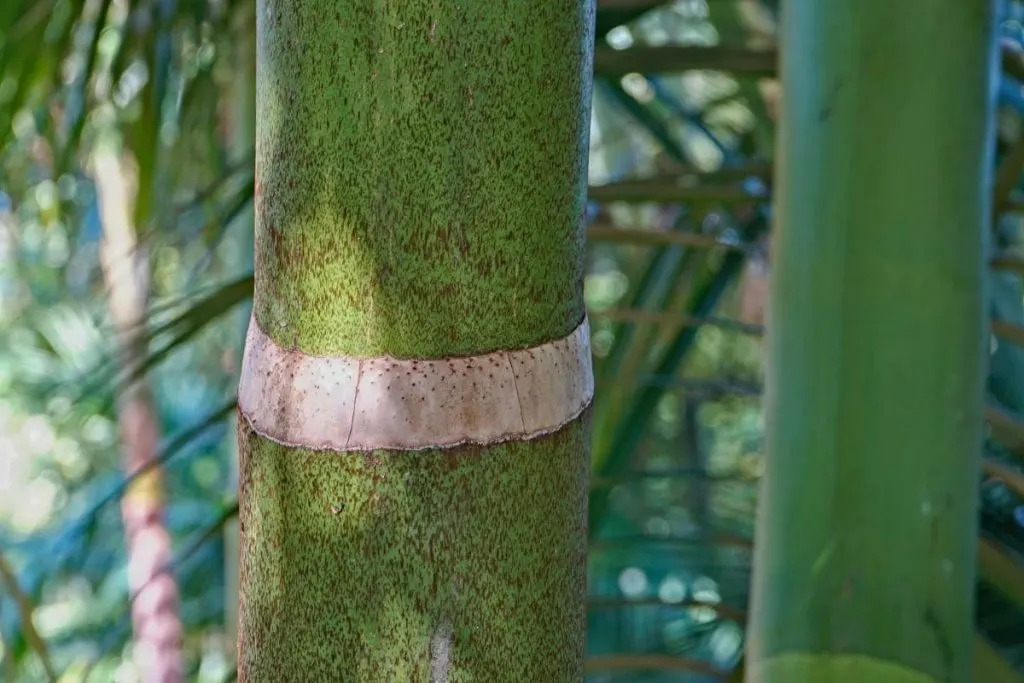
Alexander’s palms have a slender canopy that tapers from the base of the tree. They have those well-known and recognizable “real-shape” palm leaves.
Their canopy makes the 30-40% of the tree. First, you’ll spot a long long trunk that goes all the way up.
On it, you’ll spot long dark green leaves and in the summertime and late spring, droopy red flowers.
Is King Palm The Same As The Alexander Palm?
The common name of the alexander palm is a king palm. It got its name due to its magnificent look. With long thick leaves and a classy long trunk, Alexander palm definitely deserves its name.
This palm is also endemic to the Queensland region. As we all know, there is only one king just as the alexander palm is endemic to this region.
How Tall Do Alexander Palm Grow?
30 feet tall is more expected height in their natural habitats. If you don’t provide them with the needed conditions, they’ll usually reach only 15-20 feet tall.
Ultimate Care Guide For A Solitaire Palm – Alexander Palms
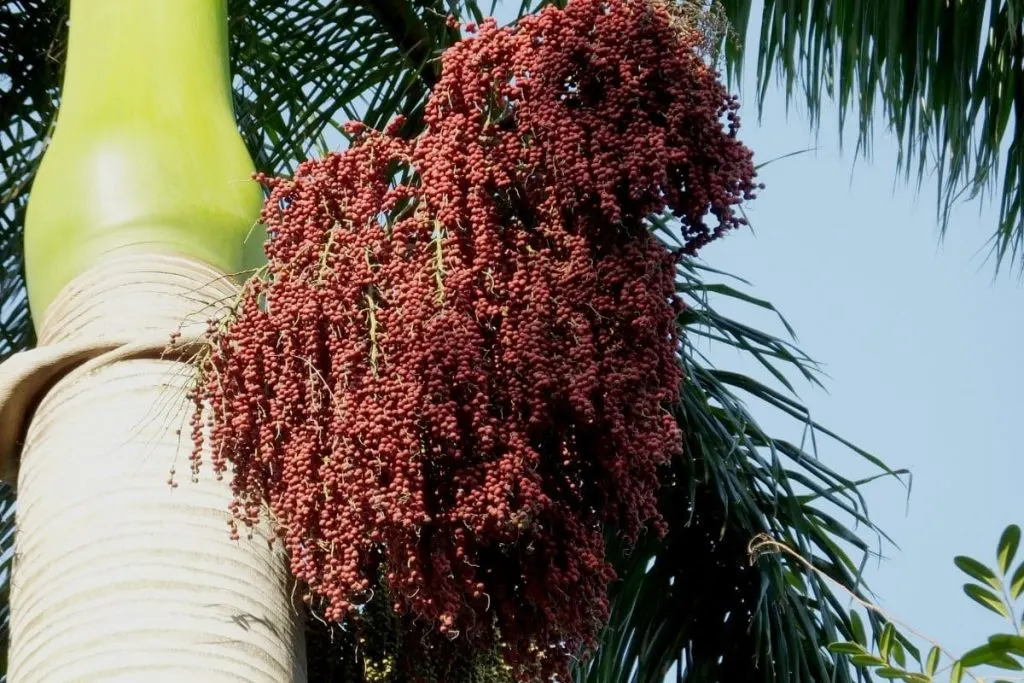
If you already see a good place for Alexander’s palm in your garden, wait until you see the care guide.
A care guide will either help you or delay your decision. But we are optimistic and believe that after this part you will decide to purchase this palm tree.
Let’s check the care guide for these palms.
Light Needs

This plant needs direct sun. It grows best where it gets between 6 and 8 hours of sun and light. When the sun goes down, it should by no means be in complete shade.
In such places, it will have slow growth and you will notice the lack of sun that it needs in its appearance.
Watering Schedule
The watering schedule for this plant is very simple. In late spring and early summer, water them every 6-7 days. Admittedly, then you should water with less water.
In other periods and seasons, it is best to water more abundantly every 10 days. The plant is not drought tolerant too. When the watering period exceeds 10 days, you will see changes in the plant.
Soil Type
Like most palm species, this palm tree grows best in sandy soil. You can grow unhindered in clay soil, but only when it is combined with sand.
You can also add a little peat moss soil to the sand. But only a little so that the percentage of acidity is not higher. Completely acidic soils can be really bad for palm trees.
Fertilizer
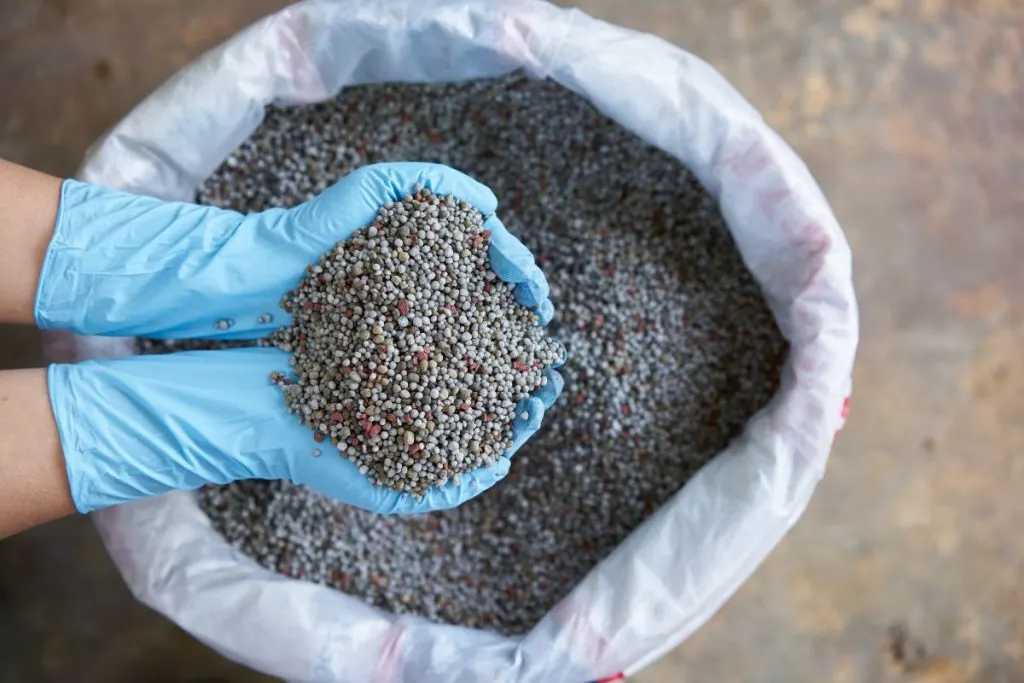
You can use regular houseplant fertilizer or a specially purchased palm fertilizer. Some people also use animal manure for palm trees.
It is best to fertilize them immediately after planting so that the sowing will be more successful.
Slow-release fertilizers are also very successful on these plants. You can fertilize them three times a year.
Pruning
The plant needs to be pruned when you notice the damage. These will mostly be yellow leaves or just yellow leaf tips.
Yellowing spreads quickly, so act quickly. In addition, it is not necessary to prune this plant.
Propagation
Propagation of this plant is possible by seeds. The seeds are collected at the end of the flowering period of this plant, i.e. in the middle of summer.
They are kept in a cool and dry place and then planted in well-drained, fertilized soil in the spring.
Wrapping Up
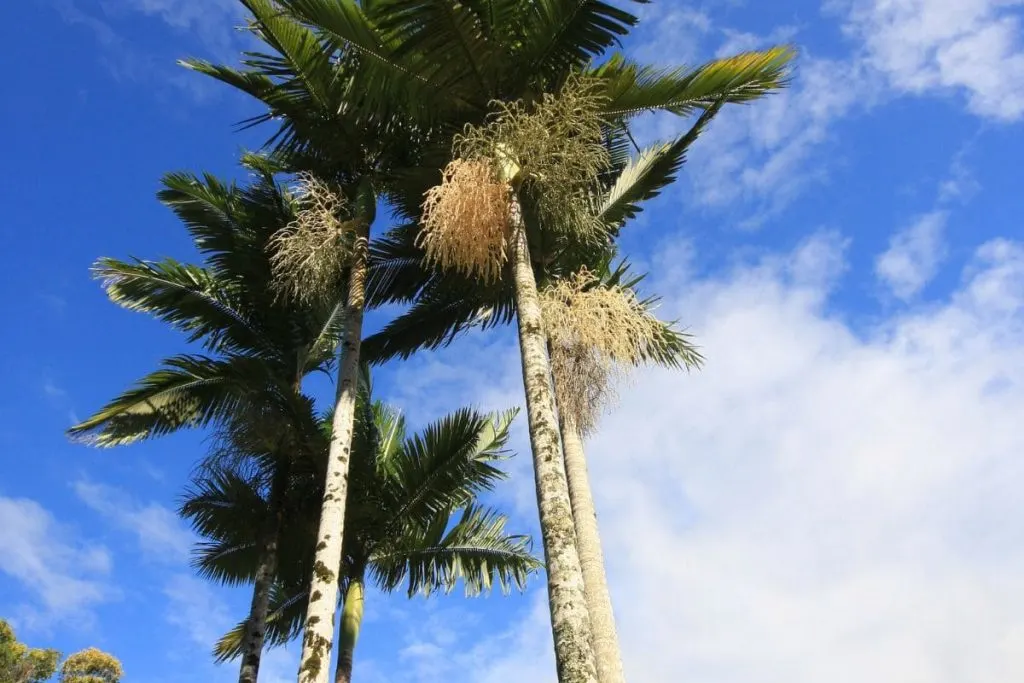
How did you like our article about alexander palms? Does it seem to you that this palm tree could be a resident of your garden next season? If you have already decided, we are extremely glad that you did.
A simple care guide to the beautiful appearance of your garden. I think it’s a simple decision that doesn’t need much thought.
If you enjoyed this palm tree, you might like coontie palm or some of the palm trees in California. Maybe you would love some of the types of palm trees in Florida too?
That would be all for today, see you tomorrow with similar topics!


